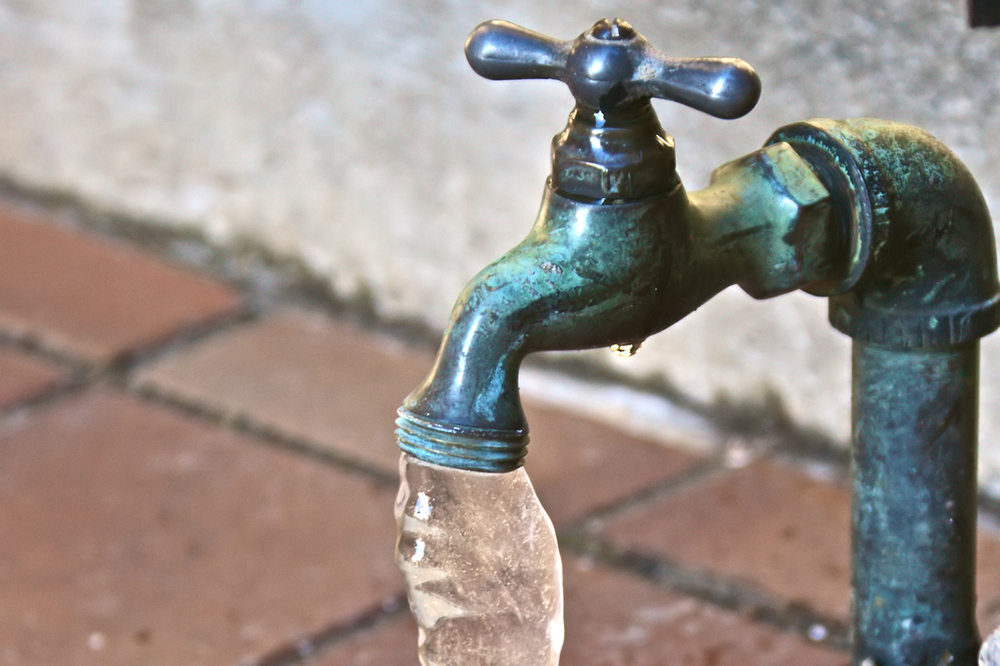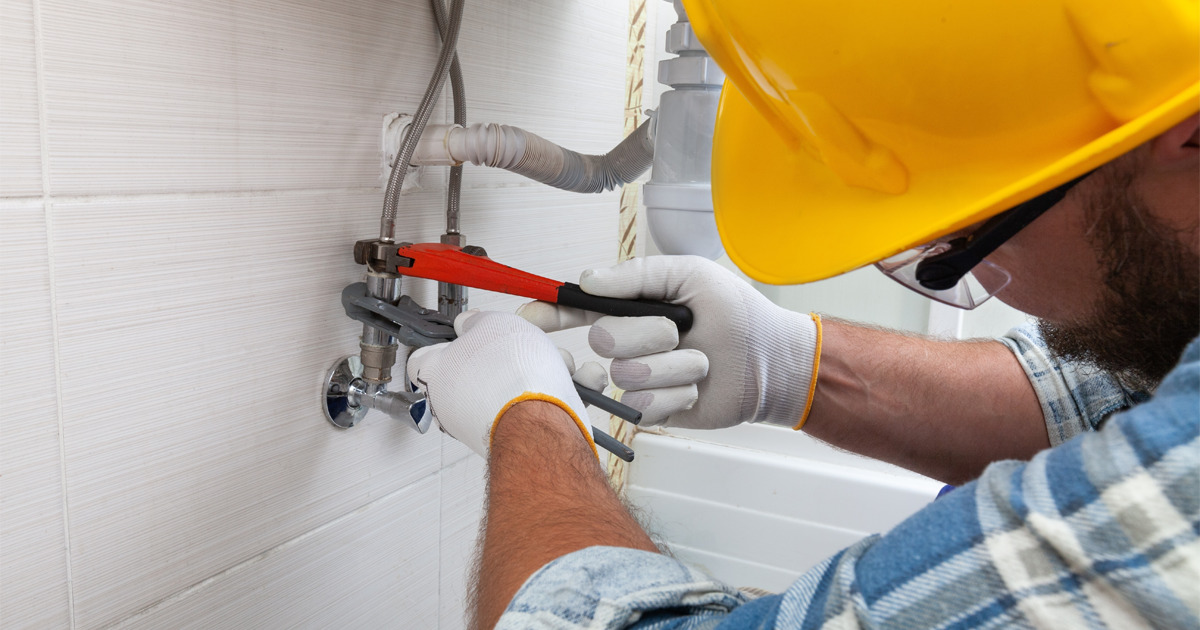Acquiring Acquainted with Home Plumbing Basics: A Beginner's Handbook
Acquiring Acquainted with Home Plumbing Basics: A Beginner's Handbook
Blog Article
This post following next on the subject of Plumbing Basics Every Homeowner Should Know is highly interesting. You should give it a look.

Plumbing is an important element of any type of home, responsible for providing tidy water for drinking, food preparation, and bathing, as well as getting rid of wastewater securely. Recognizing the basics of home plumbing is important for each homeowner to make certain correct upkeep, troubleshooting, and, if needed, repairs. In this newbie's guide, we'll cover the fundamental principles of home plumbing to help you end up being more aware of just how it works.
Water Furnace
The water furnace is accountable for heating water for domestic usage, consisting of bathing, food preparation, and cleaning. Typical kinds of hot water heater include tank-type water heaters, tankless (on-demand) water heaters, and heatpump water heaters. The water heater is attached to the water system system and delivers hot water to plumbing fixtures as needed.
Drainage System
The water drainage system eliminates wastewater from your home and carries it away to a sewer treatment facility or septic system. It contains a network of pipelines, fittings, and components that transport wastewater from plumbing fixtures to the major sewage system line or septic system. Proper drain is vital to stop blockages, back-ups, and sewage leaks.
Ventilation System
The ventilation system aids preserve correct atmospheric pressure and prevent sewer gases from entering your home. Air vent pipes, additionally referred to as vent heaps, extend from plumbing fixtures to the roofing, permitting sewage system gases to leave safely outdoors. Air flow pipes also permit air to enter the drainage system, assisting in smooth wastewater flow and preventing suction or vacuum results.
Water Supply System
The water system brings tidy water into your home from a local water resource or a private well. It includes a major water line that connects to your home's plumbing system, generally situated underground. A water meter determines the amount of water consumed, while a shut-off valve enables you to manage the flow of water into your home.
Plumbing Fixtures
Plumbing fixtures are devices that deliver water to numerous parts of your home and include sinks, taps, toilets, showers, bath tubs, and devices such as dish washers and cleaning machines. Each component is attached to the water system through pipes and fittings and might have its shut-off shutoff for upkeep or emergencies.
Typical Plumbing Tools
Having the right tools handy is important for carrying out basic plumbing repair services and maintenance jobs. Usual plumbing tools consist of adjustable wrenches, monkey wrench, pliers, pipeline cutters, hacksaws, plungers, augers (or drainpipe snakes), and Teflon tape. Having these devices readily offered can help you deal with minor plumbing issues efficiently.
Fundamental Plumbing Repair Services
While some plumbing repair work might call for specialist assistance, many usual concerns can be resolved with standard do it yourself methods. Knowing how to fix a dripping faucet, unclog a drainpipe, replace a toilet flapper, or repair a trickling showerhead can conserve you time and money on plumbing repair services.
Conclusion
Understanding the fundamentals of home plumbing is vital for every single home owner to maintain a risk-free, useful, and efficient plumbing system. By acquainting on your own with the water system, plumbing fixtures, water drainage system, air flow system, common plumbing devices, and standard repair services, you can confidently attend to minor plumbing issues and ensure your home's plumbing system operates efficiently.
Plumbing for Beginners: A Comprehensive Guide
If you’re a beginner when it comes to plumbing, don’t worry; you’re not alone. Plumbing may seem intimidating, but with the right knowledge and a little practice, you can handle many common plumbing issues on your own. In this comprehensive guide, we will demystify the world of plumbing for beginners, providing you with the basic knowledge and skills needed to tackle common plumbing problems and even take on some DIY plumbing projects.
The Importance of Basic Plumbing Knowledge for Beginners:
First and foremost, basic plumbing knowledge gives you a solid foundation. It helps you grasp the key concepts and terminology that are essential in this field. By learning the basics, you’ll be able to build upon that knowledge and tackle more complex plumbing tasks in the future.
Having a basic understanding of plumbing also enables you to handle common issues that may arise in your home. Picture this: a leaky faucet or a clogged drain. With some basic plumbing knowledge, you’ll have the confidence to troubleshoot and fix these problems on your own. It saves you from unnecessary expenses and the hassle of waiting for a professional to arrive.
As a beginner, learning the basics of plumbing empowers you to take care of your own home. It gives you a sense of independence and self-reliance. You’ll no longer have to rely solely on professionals for every small issue that pops up. Instead, you can handle many tasks yourself, saving time and money in the process.
Remember, everyone starts as a beginner. Embrace the learning process and take small steps to expand your plumbing knowledge. There are plenty of online resources, tutorials, and even local workshops that talk about plumbing for beginners.
Essential Tools for Plumbing for Beginners
As you start your plumbing journey, having the right tools in your toolbox is crucial. Let’s explore some of the must-have tools:
Adjustable Wrench:
This versatile tool is a staple in any plumber’s toolbox. It allows you to tighten or loosen nuts and bolts of various sizes. Make sure to have an adjustable wrench with a comfortable grip.
Pipe Wrench:
A pipe wrench is specifically designed for gripping and turning pipes. It has serrated jaws that provide a strong grip, making it easier to loosen or tighten threaded pipes and fittings.
Plunger:
The plunger is a simple yet effective tool for clearing clogged drains and toilets. It creates suction when you push and pull, helping to dislodge blockages. Keep a good-quality plunger handy for those unexpected clogs.
Pipe Cutter:
When it comes to cutting pipes, a pipe cutter is your go-to tool. It creates clean, precise cuts without damaging the pipe. Look for a pipe cutter that can handle the pipe sizes you’re working with.
Hacksaw:
A hacksaw is useful for cutting through pipes, screws, and other materials. It’s a versatile tool that can handle different cutting tasks. Remember to use a blade suitable for cutting metal.
Tape Measure:
Accurate measurements are crucial in plumbing. A tape measure allows you to measure pipe lengths, distances, and dimensions accurately. Opt for a sturdy tape measure that extends a good length.
Pliers:
Pliers come in handy for various tasks, such as gripping, bending, and cutting. Slip-joint pliers with adjustable jaws are great for gripping pipes, nuts, and bolts.

We were introduced to that write-up about What to Know About Plumbing: Basics, Tips, and Insights through an acquaintance on a different site. Those who liked our page kindly don't forget to share it. Thanks a bunch for being here. Don't hesitate to come by our site back soon.
Schedule Free Estimate Report this page